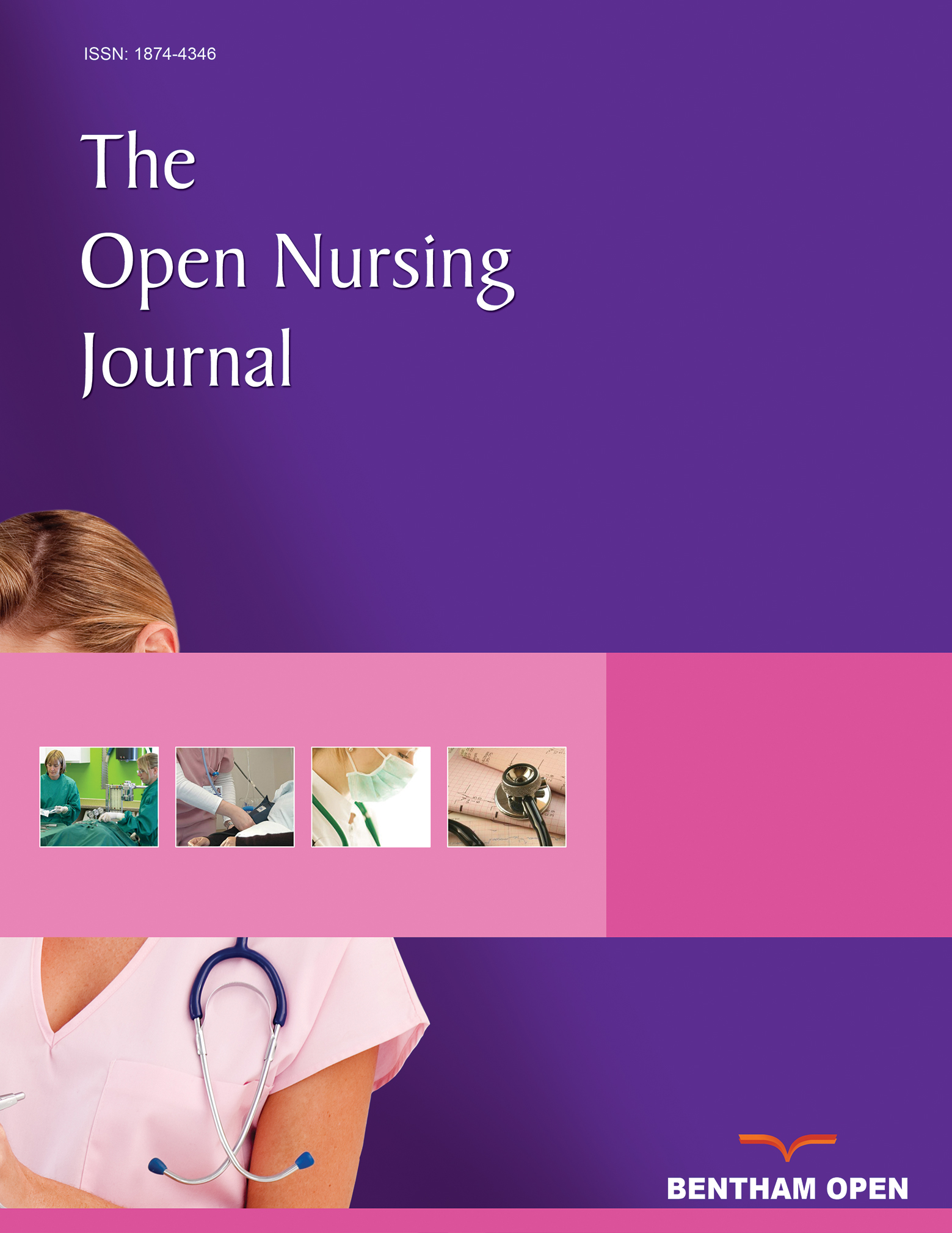All published articles of this journal are available on ScienceDirect.
Ageing with Muscular Disease
Abstract
Background:
The demographic development with an ageing population is predicted to be the next global public health challenge. Advances in medicine and the socioeconomic development have reduced mortality and morbidity due to infectious conditions and non-communicable diseases. The increase in longevity will not be restricted to healthy people.
Objective:
To understand how people with muscular diseases experience ageing.
Method:
A literature review was conducted using the Matrix Method developed by Garrard (2007). This systematic method was used to identify, describe and interpret studies, irrespective of the methods applied. To avoid the exclusion of important sources, experiences and topics, we chose an integrative approach that accommodates the inclusion of studies with different methodologies. People with MD have gradually extended their life expectancy during the last 30 years. Thus, we reviewed the literature regarding MD and ageing without time limit.
Results:
We identified three themes: 1) Slowing down early 2) Accepting lifelong deterioration and 3) Striving for normality.
Conclusion:
People with MD live in a field of tension between a feeling of autonomy and normality and difficulties coping with reduced physical abilities. Getting older accentuates this tension since the physical strength diminishes and it is harder to maintain autonomy. The bodily challenges may coincide with the end of the rehabilitation people living with MD have received. Seemingly, no age-related rehabilitation is offered, and people living with MD are thus at risk of an unnecessarily passive life.


